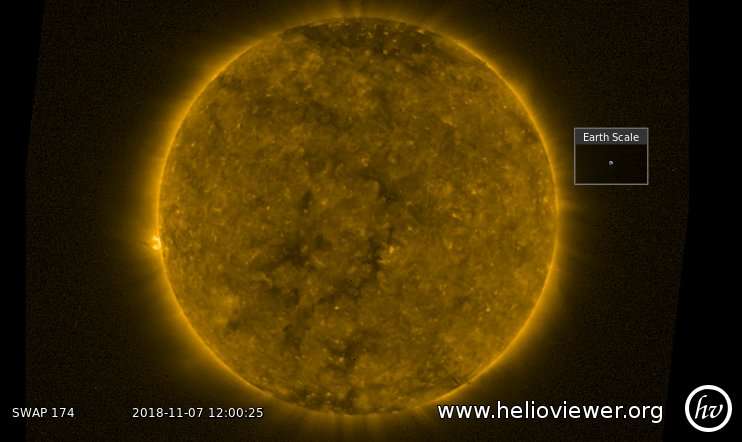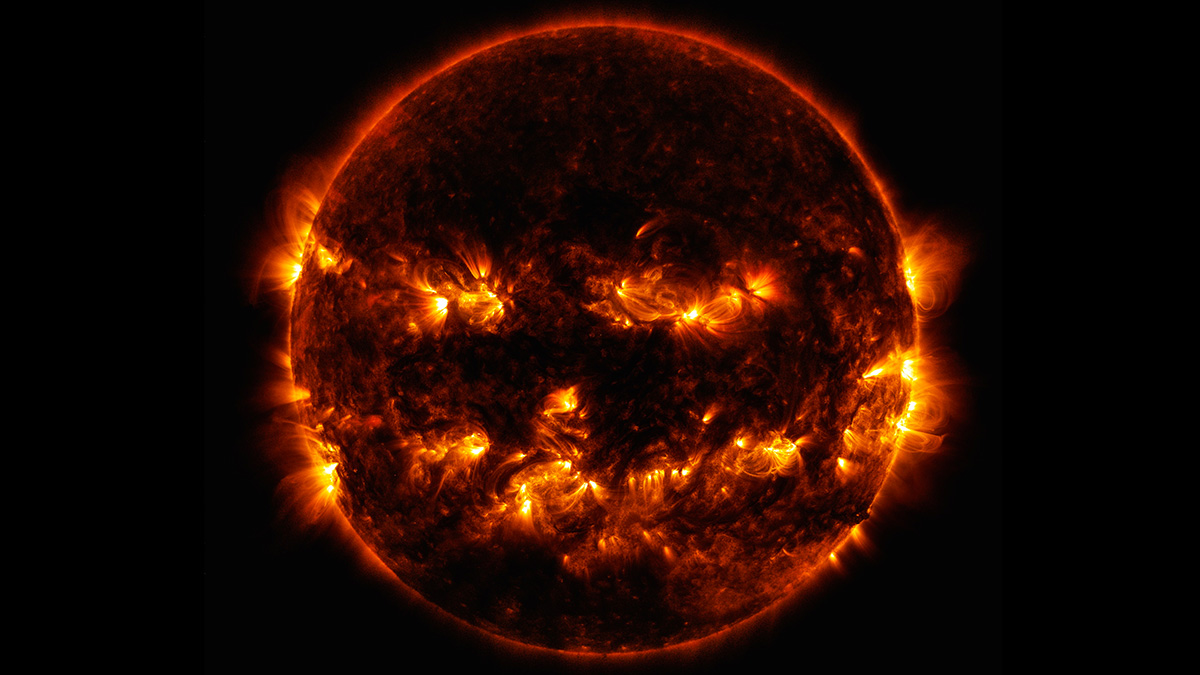

The pandemic has created space for officials to confront some of the societal problems plaguing Bali after decades of tourism-fuelled development.īasic infrastructure like roads, water and the electricity have struggled to keep pace with the relentless urban expansion into areas that were recently just farmland, while plastic pollution has clogged the island's rivers and sullied its beaches. Coronal expansion and solar wind Available at Preston Main Library 2nd floor (523.0108 HUN). 2 Indirect Evidence for the Existence of the Solar Wind.

"We realised that we cannot just depend on one industry and we have to develop all the other industries that actually have great potential for sustainability and resilience in the future," she says. She believes the pandemic has been a "wake-up call" exposing the need to "go back to loving our island and make sure people don't abuse it". Local businesswoman Christia Dharmawan, who runs events at her family's venue Kebon Vintage, is part of a growing movement for economic diversification in Bali. The pause on visitors has come as a warning for Bali to wean itself off over-reliance on the flow of tourist dollars. Sources: the Hindu.While the pandemic has wrought economic chaos, it's also come with a silver lining. Operating in the frequency range 70–300 MHz, the main scientific goals of the MWA are to detect neutral atomic Hydrogen emission from the cosmological Epoch of Reionization (EoR), to study the sun, the heliosphere, the Earth’s ionosphere, and radio transient phenomena, as well as map the extragalactic radio sky.The sun is currently in solar cycle 25, which should reach a peak in activity (solar maximum) around 2025. It is a joint project between an international consortium of organisations to construct and operate a low-frequency radio array. The sun’s corona expands in size during periods of higher solar activity. Following a large solar flare and enhanced coronal heating, the cosmic-ray intensity is observed to drop abruptly in a period of several hours or a day by.These speeds are so high that the particles can escape the Sun’s gravity.Ībout Widefield Array (MWA) radio telescope: The corona’s temperature causes its particles to move at very high speeds. From it comes the solar wind that travels through our solar system. Yet the corona is hundreds of times hotter than the Sun’s surface. The corona is in the outer layer of the Sun’s atmosphere-far from its surface. Astronomers have been trying to solve this mystery for a long time. The corona’s high temperatures are a bit of a mystery.

This low density makes the corona much less bright than the surface of the Sun. The corona is about 10 million times less dense than the Sun’s surface. However, the corona can be viewed during a total solar eclipse. a hot solar coronaled him to unique solutions for the coronal expansion. That makes it difficult to see without using special instruments. of the solar corona in which the solar atmosphere is continually expanding. The corona is usually hidden by the bright light of the Sun’s surface. The Sun’s corona is the outermost part of the Sun’s atmosphere. Researchers believe that these explosions could indeed be heating up the corona. These observations are the strongest evidence till date that the tiny magnetic explosions, originally referred to as ‘ nanoflares’ by eminent American solar astrophysicist Eugene Parker. In the four billion years after that, entire terrains will melt due to the immense. The radio lights or signals under study result from beams of electrons accelerated in the aftermath of a magnetic explosion on the Sun. This, together with the fact that the non-thermal energy needed to heat the corona must propagate through the chromosphere, explains why it is indeed a crucial. In fact, as the Sun expands, many scientists extrapolate that, in about a billion years, the oceans will dry up. The data was collected with the help of the Murchison Widefield Array (MWA) radio telescope. coronal loops appear to lack expected visual expansion with height. It’s made of plasma, which contains lots of charged particles. Sun’s Coronaįor Prelims and Mains: Corona- location, features, effects.Ĭontext: Scientists have recently discovered tiny flashes of radio light emanating from all over the Sun, which they say could help in explaining the long-pending coronal heating problem. The Sun’s corona is the outermost layer of its atmosphere. If the corona is too cool, the atmosphere is essentially static and no. 9, however, the total area may be a more accurate and direct measurement of solar activity. Topics Covered: Important Geophysical phenomena such as earthquakes, Tsunami, Volcanic activity, cyclone etc. The Love Like Jace organization presents a free, fun and family friendly event to raise awareness and educate the community of the importance of childrens. Supersonic expansion oe< urs only over a limited range of coronal temperatures.


 0 kommentar(er)
0 kommentar(er)
